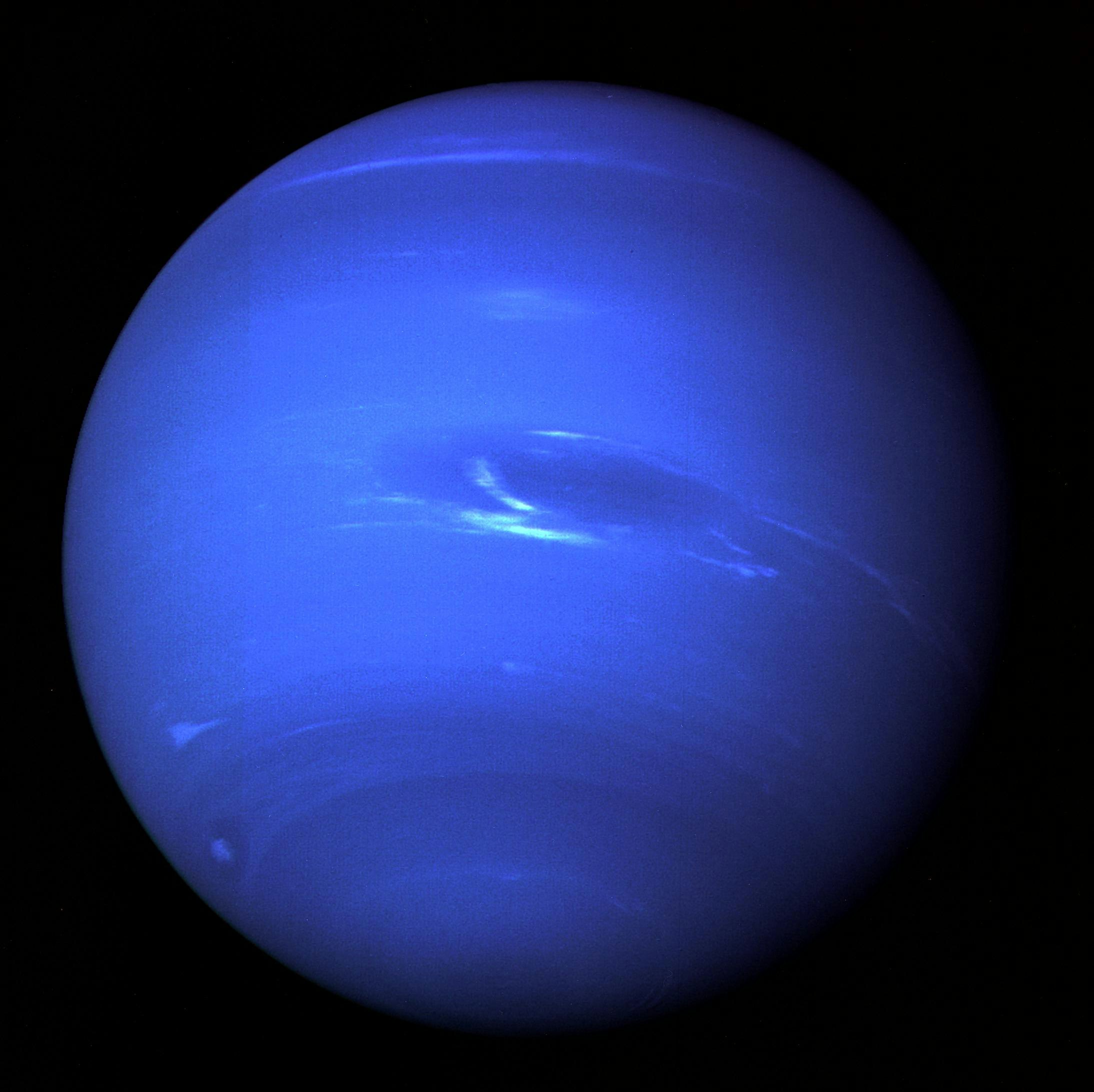
Neptune’s mesmerizing blues and impressionist-like blotches are giving Earth stiff competition for prettiest “blue marble” in our cosmic neighborhood.
The gorgeous clouds below Neptune’s surface have recently come into sharp view, thanks to a 17-year study of infrared images from ground-based telescopes across the world. The new work, which researchers describe in a new paper published Monday (April 11) in The Planetary Science Journal, shows peculiar temperature changes in Neptune’s atmosphere.

Here’s the background — This dynamic giant makes diamonds in its atmosphere, features fart-like storms, and orbits the Sun farther than Pluto for roughly two decades every 2.5 centuries. Its supersonic winds evolve rapidly and can whip up a planetary makeover in just a few Earth days.
So yes, Neptune boasts otherworldly activity. But the dynamic gas giant is like Earth in one special way.
Neptune has seasons. In 2005, its southern hemisphere began tilting towards the Sun. This was the start of southern summertime, and we are still in its throes. One Neptune year lasts 165 Earth years, making each season lengthy by our timescale.

This enigmatic eighth planet of the Solar System is also the only one that can’t be seen with the naked eye: It wasn’t until NASA’s deep-space spacecraft Voyager 2 slung past the planet in 1989 that humans got their first look at it.
What’s new — Using powerful ground-based telescopes with modern capabilities, scientists performed a scientific deep-dive into Neptune and noticed that its middle atmosphere got cooler from 2003 — shortly before southern summer began — until 2009, and got dramatically hotter from 2018 to 2020. These temperature fluctuations affected both the southern hemisphere and the planet as a whole. This was a big surprise.
“Given Neptune’s 165-year orbital period, any seasonal changes are expected to occur gradually over decades. The rapid changes observed between 2018 and 2020 appear surprisingly swift for seasonal response, particularly considering that the south pole has been constantly illuminated since 1963,” the researchers wrote in the study.

“Our data cover less than half of a Neptune season, so no one was expecting to see large and rapid changes,” Glenn Orton, study co-author and senior research scientist at the Caltech/NASA Jet Propulsion Laboratory (JPL) in Pasadena, California, said in a statement describing the new paper.
How they did it — Instruments that can peer into Neptune’s clouds at infrared wavelengths were the most useful for this type of work, because that wavelength help teams discern a region’s temperature and composition. About a third of the study’s images came from the European Southern Observatory’s Very Large Telescope (VLT), located in the elevated and dry Atacama Desert of Chile.
“This type of study is only possible with sensitive infrared images from large telescopes like the VLT that can observe Neptune clearly, and these have only been available for the past 20 years or so,” Leigh Fletcher, a professor at the University of Leicester and study co-author, said in the statement.
Three telescopes on Hawaii — Keck, Subaru, and Gemini North — were also used in the study, in addition to the Gemini South Telescope in Chile and NASA’s now-retired Spitzer Space Telescope.
The team suggests that perhaps the sun’s 11-year cycle is behind some of these odd dynamics. More work is necessary to figure out why all this is happening.






